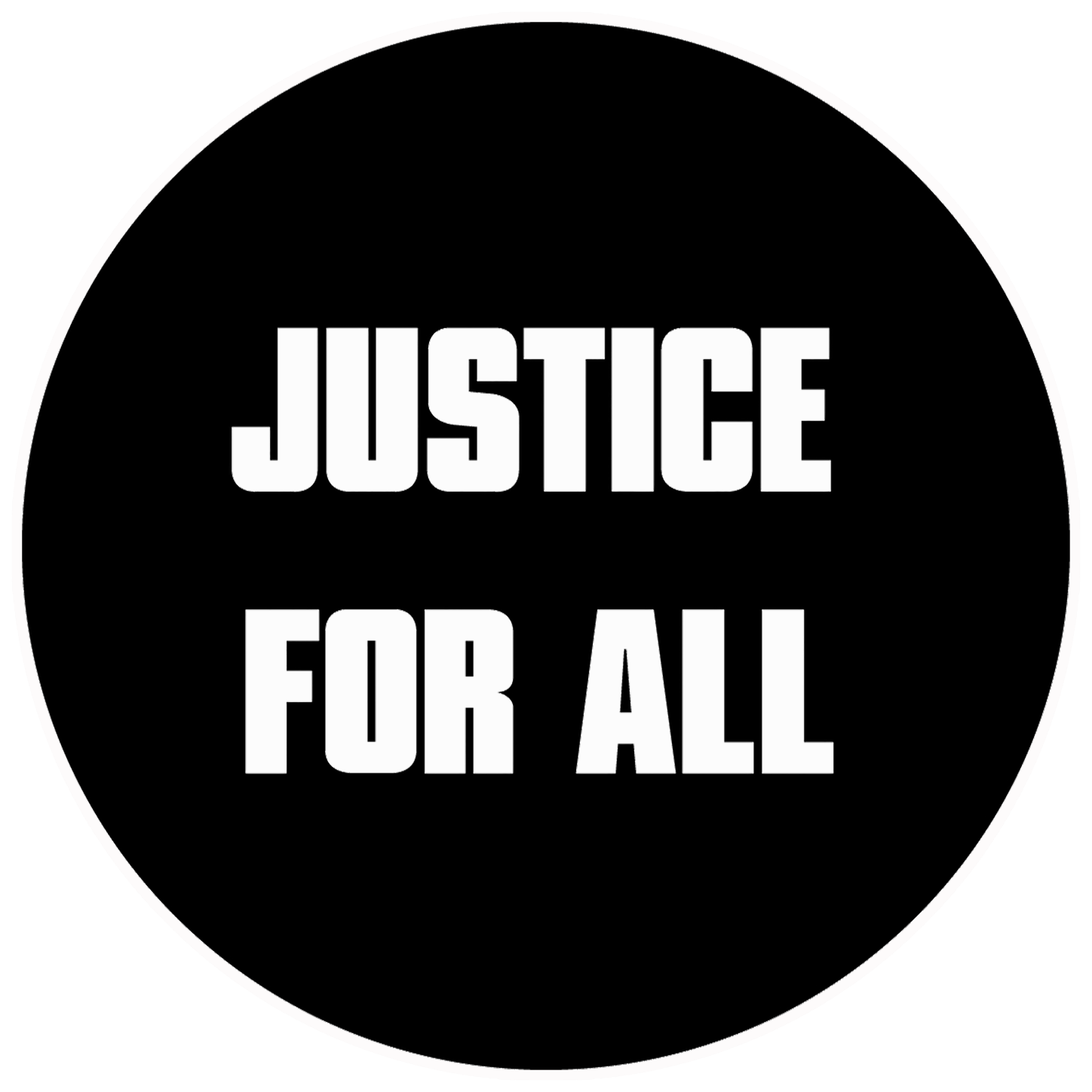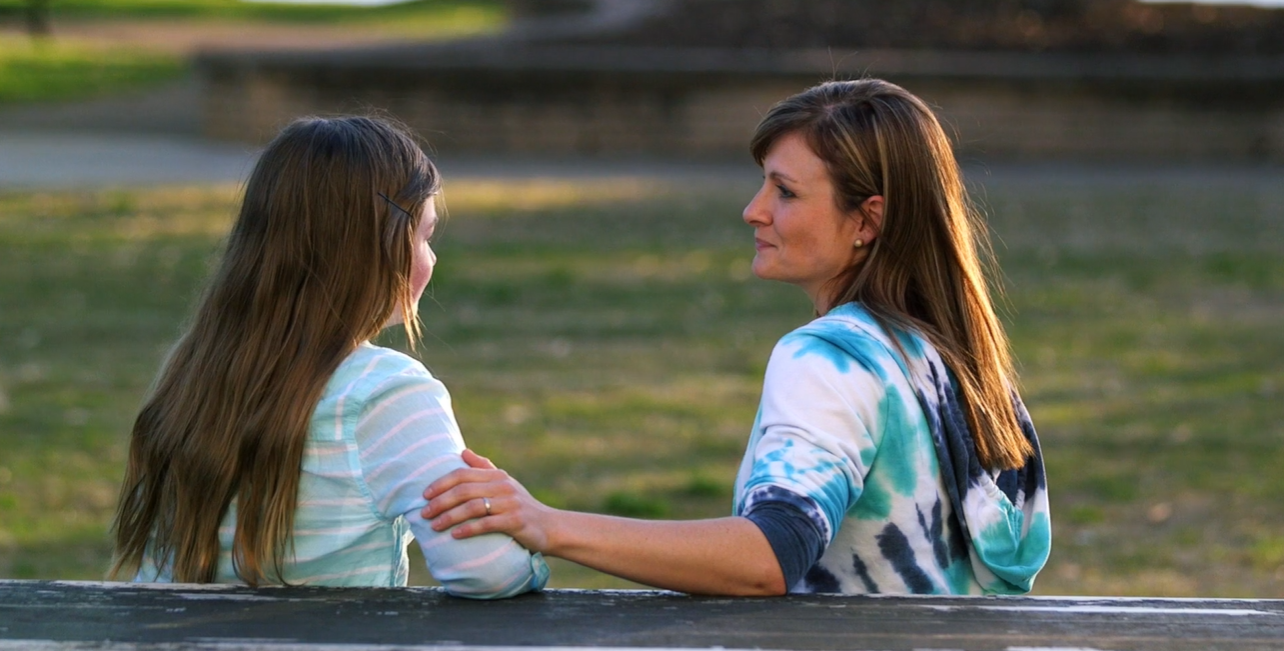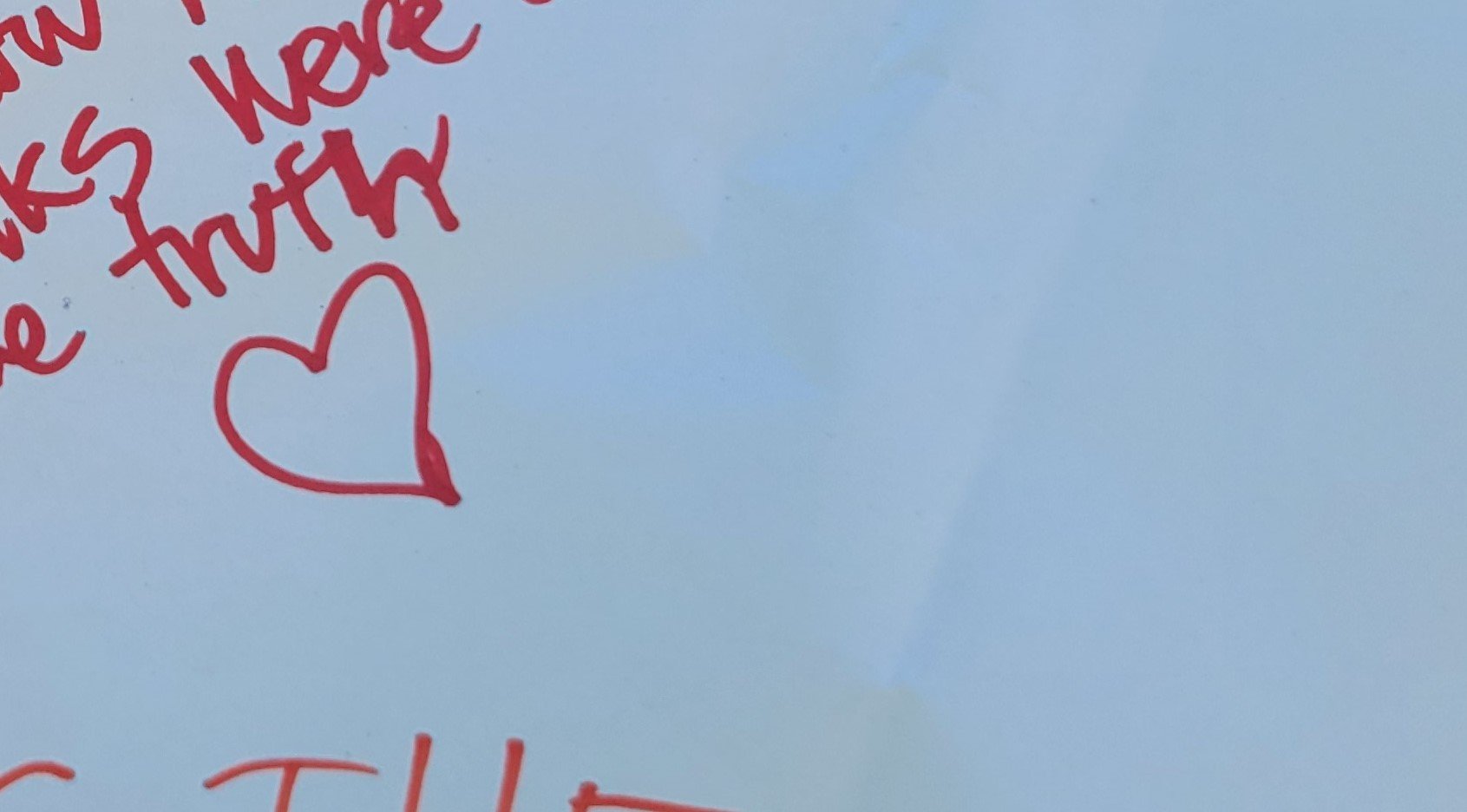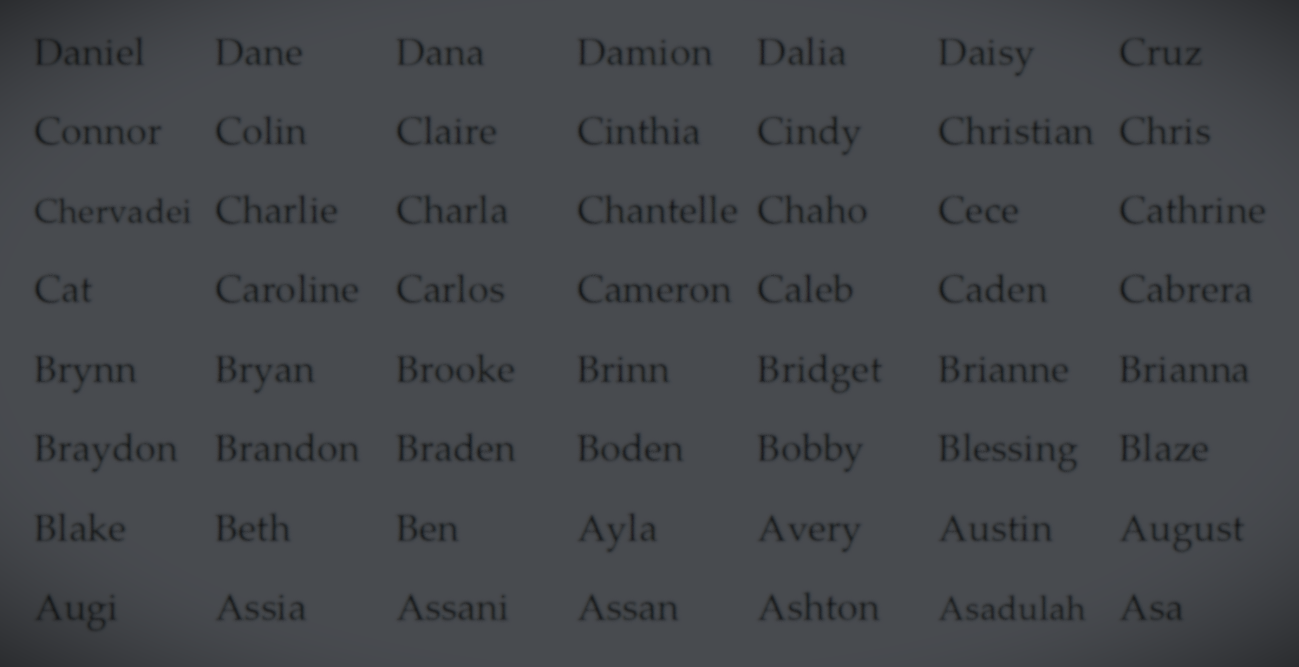They have made quite a ruckus. Released over the past three months by the Center for Medical Progress, ten undercover videos have exposed executives from Planned Parenthood and its partner organizations discussing details of transferring tissue from aborted children for use in research. In all of the media discussion generated by these videos, four sentences by Kirsten Powers (“Crush Planned Parenthood,” USA Today, 7/22/2015) were perhaps the most important.
After noting that Planned Parenthood President Cecile Richards apologized “for the uncompassionate tone her senior director of medical research” used when talking over lunch about different ways to “crush above” and “crush below” the parts of the fetus to “get it all intact,” Ms. Powers put things into perspective:
“But the problem here is not one of tone. It’s the crushing. It’s the organ harvesting of fetuses that abortion-rights activists want us to believe have no more moral value than a fingernail. It’s the lie that these are not human beings worthy of protection.”
Ms. Powers nailed it. The problem with Planned Parenthood becomes clearest when we focus on the unborn child and the abortion that takes her body apart.
This is a good test to apply as you watch the discussion about the videos continue to unfold in the media, in House subcommittee hearings, in your church, and among your friends on Facebook. There’s limited value in discussing funding, lawbreaking, the transfer of tissue for research, the character of individual workers, and anything else about Planned Parenthood, if we don’t, in almost the same breath, clarify that the problem with Planned Parenthood is that the unborn child is a child, abortion takes her body apart, and any organization that takes an unborn child’s body apart should stop doing that. Otherwise, the case against Planned Parenthood makes very little sense to pro-choice advocates who are listening to us.
This brings me to another important aspect of the Kirsten Powers article. She got the focus on the child exactly correct, but she also published her comments in USA Today, a paper with a broad-spectrum readership of 1.6 million, the third-largest circulation for a US newspaper according to Wikipedia. In other words, Ms. Powers modeled for us what we should be doing with the Planned Parenthood story and any other story like it: talk to pro-choice people and try to persuade them. Talking amongst ourselves has some value, to be sure. Pro-life advocates need to be more active in opposing abortion, and the videos seem to have energized many pro-life advocates. This is a good thing. If we aren’t at some point finding pro-choice advocates and the forums in which they develop their beliefs, though, we will never make abortion unthinkable for a strong majority in the United States. And surely, that is essential for bringing the dehumanization and destruction of unborn human children to an end for good.
The Planned Parenthood videos, then, call to mind two important pro-life priorities: (1) keep the conversation focused on the baby and on the abortion that takes her body apart, and (2) engage pro-choice advocates in conversation about those realities. To the extent that the Planned Parenthood videos help us to accomplish either or both of these, they are an asset.
In "Ministry Notes for October 2015", I detail some ways that JFA is working to find pro-choice people, to engage them in a conversation about the unborn child (and the abortion that kills her), and to equip pro-life advocates to do the same.

















